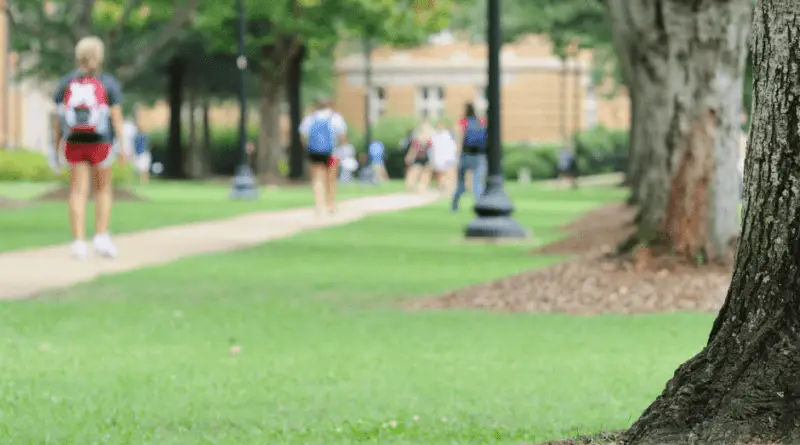Last modified on September 21st, 2023 at 7:44 pm
5 Tips On How To Make Student Campuses More Environmentally Friendly
The world is demanding more action to prevent environmental damage. College is the best place to learn the principles of ecological sustainability. Administrators, individual students, and their leaders have a responsibility to lead by example. Thesis Geek will help you with assignments so that you can participate in such life-changing campus activities as cleaning the environment.
Actions by administrators will plant the seed of environmental consciousness in students. Some of the steps are minor to the point that they do not disrupt the lives of students. Here are excellent ways to make campuses environmentally friendly and especially instill the idea in students.
1. Create walking and cycling paths
Part of environmental friendliness is reducing energy consumption. Cycling and walking paths reduce the need to use vehicles within the campus as you move from one point to the other. It is especially applicable for campuses located on expansive grounds.
The cycling paths also help students to exercise naturally instead of having to go to the gym. The fact that they will not be using electric gym equipment reduces energy consumption and wastage.
Cycling paths are especially helpful. A student will get from one point to the other faster without using too much energy. The student is also working out by riding a bicycle around campus. At the same time, the college will be building a culture of environmental consciousness in the students. They will continue with the trend even after graduation.
2. Add more trees and vegetation.
Plant more trees, flowers, and grass instead of using concrete spaces. While concrete spaces are all-weather, the trees and grass keep the environment clean and green. They absorb carbon dioxide from the atmosphere. It is one of the most natural ways to maintain an environmentally friendly environment.
Vegetation makes the environment feel welcoming. The lawns are inviting, causing students to spend more time outdoors instead of watching movies and studying indoors. Indirectly, it reduces energy consumption through electricity, especially for lighting.
The trees and vegetation should be around walking paths. The trees will provide shade as students walk around campus, especially from one point to the other. Create parks around campus to invite students to get out of the dorms and study or socialize outside.
3. Use solar and renewable energy.
Install solar infrastructure to provide energy around campus. Energy is one of the largest bills a college will have to pay. Most institutions use the electricity grid to supply power for lighting and running gadgets. However, solar energy technology has evolved substantially to the point that it can run an entire university.
Solar is cheap and easily available. It gives you the freedom to run operations without worrying about bills. As such, you can stretch the potential of your university by simply installing solar technology.
4. Engage students in keeping the campus clean
A clean campus is environmentally friendly. Install bins at strategic points around campus to prevent littering. Organize regular events where students participate in keeping the environment clean. It could involve collecting litter around campus, clearing clogged areas, planting trees, and such other activities towards caring for the environment.
Sensitization sessions will also help them to take up the incentives provided to make the environment green. For instance, once you create outdoor spots, they will use the spaces to study instead of sticking to their hostels. Sensitize the students on the need to embrace green practices, and you will see excellent results.
5. Use more electronic than paper.
Lead by example. One of the ways is to use more electronic transactions and engagements instead of paper. Install automated registration and learning systems. Allow the students to complete and submit assignments online. You only need to print documents when it is inevitable.
Maintaining an environmentally friendly campus is a matter of habit. Engage and involve the students in building a culture of eco-friendly living. The students will carry on the habits even after graduation.




